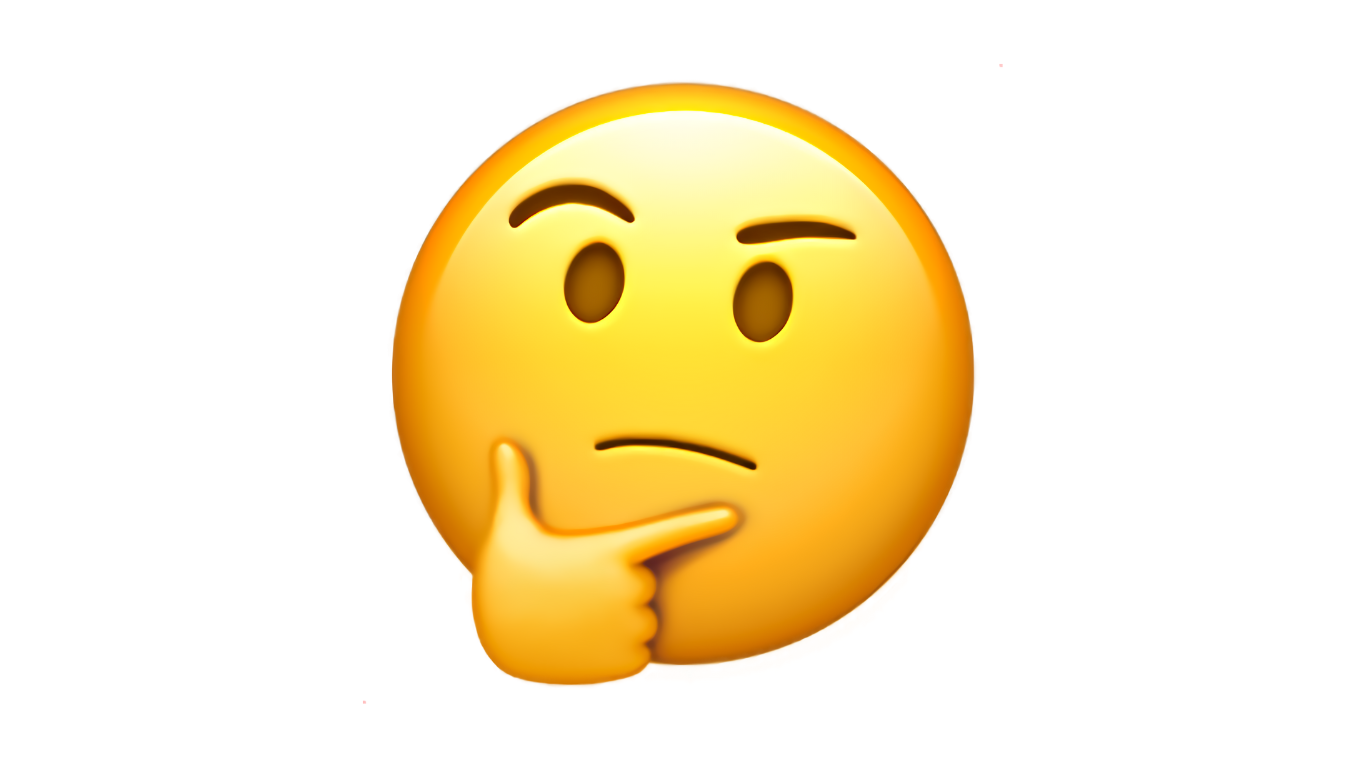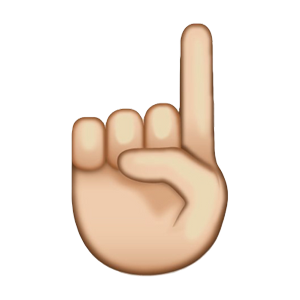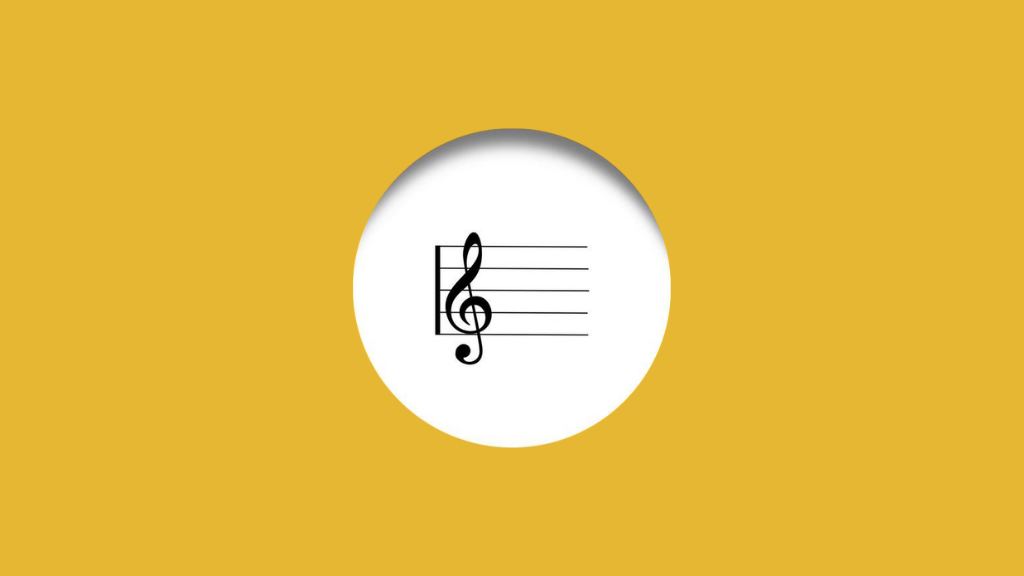How to work with music if you are not a musician

How to work with music if you are not a musician
DISCLAIMER
For 10 years, we at QB SOUND have been creating high-quality sound for media content.
We love our clients and always strive to make our interaction as comfortable as possible. Based on our experience, we have formulated several ideas that can help improve understanding between the client and the performer. This guide was born out of this.
Certainly, it is impossible to find a universal recipe that would be suitable for everyone and always. We just want to share what works for us, and perhaps it will be useful to someone else.
When a client wants to order an original track for a project, they first look for a performer and then encounter the following problems:

> how to describe the sound correctly, what to rely on
> whether it is necessary to know the names of musical instruments
> how to communicate if you don’t know the musical language
And most importantly, how to give a task to the performer?

To begin with, we recommend forming your own idea of the result you want to hear at the end.
To begin with, we recommend forming your own idea of the result you want to hear at the end.
A clear description of the final track will serve as a necessary guideline not only for composers but also for you when evaluating the final result.
Without it, there will be many new versions ahead and a loss of valuable project
time.

Therefore, we have prepared 4 tools that will help you formulate the desired result.
Therefore, we have prepared 4 tools that will help you formulate the desired result.
1.REFERENCES
>> References can help define the main characteristics of a track, such as style, tempo, mood, and the basic set of instruments.
>> You don’t have to know musical language, style names, or instrument names to describe references. Just describe your emotions, what you like, and what doesn’t fit. Don’t hesitate to use any expressions that come to mind.
>> You don’t have to look for the perfect reference that fits all the conditions. Use different ones: one for style, another for mood, and another for the sound of the drums that you like — just add it!
>> References can be found on any streaming platform, stock sites, or videohostings.
We want to warn you!
Your favorite music is not always the right music for the project.
Your tastes may not coincide with the audience of the project or the performer, and that’s okay. It’s useful to name the genre or direction, but don’t insist on your personal favorites.
2.EMOTIONS
>> This is the main form of communication that we can translate into the language of music. Describe how you feel about this video. What emotions does it evoke?
What emotion do you want to feel at the end of watching it?
>> The skill of describing music with emotions can be trained by analyzing your favorite tracks.
What emotions does a particular track evoke in you? How do you feel when listening to it?
How does your mood and feeling of the music change depending on the development of the song?
>> We know that it can be difficult to describe your feelings. You can use the wheel of emotions at this link.
3.TAGS
It’s better to avoid complex sentences and pompous phrases and instead translate your feelings into tags.
Here are some that you can use:
- modern — vintage, classical
- minimalistic — filled, dense
- euphoria — melancholy
- light, effortless — deep, contemplative
- bold — relaxing
- rhythmic — flowing
- aggressive — chill
- electronic — lively
- conventional — experimental
- fun — frightening
4.HIGHLIGHTS
>> To effectively bring out the visual elements, it is not necessary to describe every scene and music cue in detail. Simply indicate the highlights — the most important moments in the video that require emphasis.
>> For example, you may want to highlight a violin sound at the 30-second mark, or an important emotional moment at the end of the video that requires musical emphasis. Note these as highlights and discuss them in the briefing stage. The composer will immediately structure the composition accordingly.
HOW TO EVALUATE INTERMEDIATE VERSIONS?
What should you focus on, and what not? How to describe the sound and what to base it on?
1. Note what you liked. What, in your opinion, was conveyed effectively.
2. Evaluate whether the music is properly divided into meaningful sections.
3. Describe what needs to be corrected. You can use such pairs as:
— bright — dull
— loud — quiet
— fast — slow
— audible — inaudible
4. Formulate what you would like to add.
TRUST
You have done your part of the work — formed an idea of the final result, described the emotions, prepared several references, and added tags. Now you can trust the composer to do his job.
With the help of the brief, the professional will translate your idea into music, add their own vision, and in the end, you will get a beautiful musical piece!
If you have any questions, we are happy to answer!


